Home>Garden Essentials>How To Calculate Number Of Ground Cover Plants Do I Need
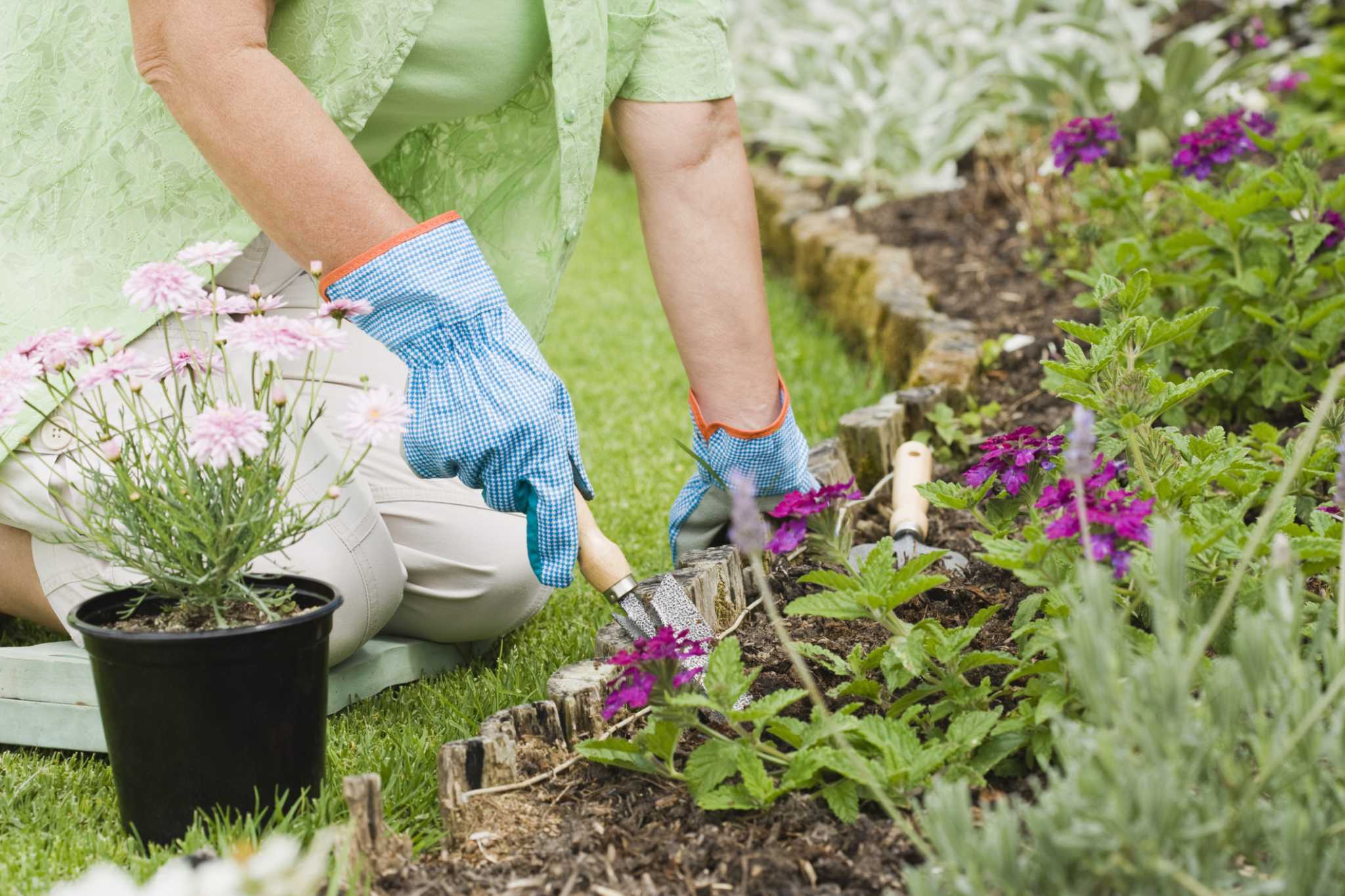

Garden Essentials
How To Calculate Number Of Ground Cover Plants Do I Need
Modified: March 7, 2024
Learn how to calculate the number of ground cover plants you need for your garden. Expert tips and advice for successful gardening.
(Many of the links in this article redirect to a specific reviewed product. Your purchase of these products through affiliate links helps to generate commission for Storables.com, at no extra cost. Learn more)
Introduction
Welcome to the exciting world of gardening! Whether you’re a seasoned gardener or just starting out, one of the key aspects of creating a beautiful and thriving garden is choosing the right plants and knowing how many you need. In particular, determining the number of ground cover plants you need can be a crucial factor in achieving the desired aesthetic and functionality in your garden.
Ground cover plants are low-growing plants that spread out horizontally, effectively covering the ground and suppressing weed growth. They not only add beauty to your landscape but also help in soil erosion control and provide a natural habitat for beneficial insects and pollinators. With their lush foliage and colorful blooms, ground cover plants can transform ordinary spaces into stunning garden masterpieces.
However, it’s essential to plan and calculate the number of ground cover plants you need to ensure they adequately cover the desired area without overcrowding or leaving gaps. This article will guide you through the factors to consider and the steps involved in calculating the number of ground cover plants needed for your garden.
Before diving into the specifics, it’s important to note that the exact number of ground cover plants you need may vary depending on various factors, such as the specific plant species, the size and shape of the area to be covered, and the desired density of the ground cover. Thus, it’s crucial to assess and adapt the calculations to suit your individual preferences and needs.
Now, let’s explore the factors to consider when determining the number of ground cover plants you need!
Key Takeaways:
- Calculate the number of ground cover plants by considering factors like area size, plant spacing, and desired density. Adjust for potential plant loss to ensure a thriving garden.
- Determining the area to be covered and estimating the ideal plant spacing are crucial steps in calculating the number of ground cover plants needed for a beautiful and functional garden.
Read more: How Much Stone Ground Cover Do I Need
Factors to Consider
Calculating the number of ground cover plants needed involves considering several crucial factors. By taking these factors into account, you can ensure that your garden not only looks beautiful but also thrives in the long run. Here are some key factors to consider:
- Growing Conditions: Different ground cover plants have varying requirements for sunlight, soil type, and moisture levels. Before selecting a particular plant species, assess the growing conditions in your garden to ensure they align with the plant’s needs. This will help you choose the right plants that will thrive and provide adequate coverage in your specific environment.
- Plant Spacing: The spacing between each ground cover plant is crucial for allowing them to spread and cover the ground effectively. Consider the recommended spacing for the particular plant species you have chosen. This information can usually be found on the plant tag or in gardening references.
- Area Size: Determine the size of the area you want to cover with ground cover plants. This can be a small patch of land or an expansive garden bed. Accurately measuring the area will help you calculate the number of plants needed more precisely.
- Desired Density: Consider the desired density of the ground cover plants in your garden. Do you want them densely packed, creating a lush carpet-like effect, or a more dispersed and natural look? Keep in mind that denser plantings may require more plants to achieve the desired effect.
- Growth Rate: Take into account the growth rate of the ground cover plants you have chosen. Some species spread quickly while others are slower growers. Understanding the growth rate will help you determine how many plants you need initially and how long it will take for them to fill in the desired area.
- Maintenance Requirements: Consider the maintenance needs of the ground cover plants. Some varieties may require more frequent pruning or watering, while others may be more low-maintenance. Understanding the maintenance requirements will help you assess if you have the time and resources to care for the chosen plants appropriately.
By carefully considering these factors, you can make informed decisions about the number and type of ground cover plants needed for your garden. Now, let’s move on to the next step: determining the area you need to cover!
Determining the Area to Be Covered
Before you can calculate the number of ground cover plants you need, it’s important to determine the area you want to cover. By accurately measuring the area, you can ensure that you purchase the right quantity of plants and achieve the desired coverage. Here’s how to determine the area:
- Measure the Length and Width: Use a measuring tape or a long ruler to measure the length and width of the area you want to cover. If the area is irregularly shaped, break it down into smaller sections and measure each section separately.
- Multiply the Length and Width: Once you have the measurements, multiply the length by the width to find the total area. For example, if the length is 10 feet and the width is 5 feet, the total area would be 50 square feet (10 x 5 = 50).
- Convert to Square Meters (Optional): If you prefer working with square meters instead of square feet, you can convert the area measurement. Simply divide the total area in square feet by 10.764, as there are approximately 10.764 square feet in one square meter.
- Consider Unusable Space: Take into account any portions of the area that are unusable or do not require ground cover plants, such as walkways, pathways, or existing landscaping features.
By accurately determining the area you need to cover, you can proceed to the next step: calculating the ideal spacing between ground cover plants.
Calculating the Ideal Plant Spacing
Once you have determined the area you want to cover with ground cover plants, the next step is to calculate the ideal spacing between each plant. Proper spacing is essential for the plants to grow and spread effectively, without overcrowding or leaving gaps. Here’s how to calculate the ideal plant spacing:
- Research Plant Spacing: Different ground cover plant species have varying recommendations for spacing. Research the specific plant species you have chosen to determine the recommended spacing between plants. This information can usually be found on the plant tag, in gardening books, or online resources.
- Consider the Growth Habit: Consider the growth habit of the plants. Some ground cover plants naturally spread out more than others. Take this into account when calculating the spacing to ensure that each plant has sufficient room to grow without overcrowding neighboring plants.
- Account for Plant Size: Take into consideration the mature size of the ground cover plants. Larger plants will require more space between them, while smaller plants can be spaced closer together.
- Calculate Spacing Distance: To determine the spacing between plants, measure the recommended distance from the center of one plant to the center of the next. For example, if the recommended spacing is 1 foot, measure 1 foot from the center of the first plant and mark the spot for the next plant.
- Mark Planting Spots: Mark the planting spots evenly throughout the area using stakes, flags, or spray paint. These marks will serve as a guide when it comes time to plant the ground cover plants.
By calculating the ideal plant spacing, you ensure that each ground cover plant has enough space to thrive and fill in the area effectively. With the spacing determined, you are now ready to estimate the number of plants needed to cover the desired area.
To calculate the number of ground cover plants needed, measure the area to be covered in square feet. Then, check the plant’s recommended spacing and divide the area by the spacing to find the number of plants needed.
Estimating the Number of Plants Needed
Now that you have determined the area to be covered with ground cover plants and calculated the ideal spacing between them, it’s time to estimate the number of plants needed. This step will ensure that you purchase the right quantity of plants to achieve the desired coverage. Here’s how to estimate the number of plants needed:
- Calculate Plant Density: To determine the plant density, divide the total area to be covered by the recommended spacing between plants. For example, if the total area is 100 square feet and the recommended spacing is 1 foot, there would be 100 plants needed (100 / 1 = 100).
- Adjust for Desired Density: Consider the desired density of the ground cover plants in your garden. If you want a denser planting, you may increase the plant density by reducing the spacing between plants. Alternatively, if you prefer a more spread-out look, you may decrease the plant density by increasing the spacing. Adjust the calculated number of plants accordingly.
- Consider Plant Size: Take into account the size of the plants you intend to purchase. If you opt for smaller plants, you may need more of them to achieve the desired coverage. Conversely, larger plants may require fewer in number. Consider the mature size of the plant and adjust the quantity accordingly.
- Account for Plant Spacing: Remember to account for any naturally expanding plants that will fill in the space between the initially planted ones. These plants will spread over time, reducing the need for additional plants in the long run.
- Round Up: It’s always a good idea to round up to the nearest whole number to ensure that you have enough plants to cover the area adequately. Having a few extra plants on hand can also be beneficial in case of plant loss or damage.
By following these steps, you can estimate the number of ground cover plants needed for your garden. Keep in mind that the calculated number may serve as a starting point, and you can adjust it based on personal preferences and the specific requirements of your chosen plant species.
Now that you have the estimated number of plants needed, let’s move on to the next step: adjusting for plant loss or damage.
Adjusting for Plant Loss or Damage
When planning your garden and estimating the number of ground cover plants needed, it’s important to account for potential plant loss or damage that may occur. This step will ensure that you have enough plants to cover the desired area, even if some plants fail to establish or sustain damage. Here’s how to adjust for plant loss or damage:
- Consider Survival Rate: Research and consider the typical survival rate for the specific ground cover plants you have chosen. Some plants may have higher or lower survival rates depending on factors such as the local climate, soil conditions, or pest issues. Take this into account when estimating the number of plants needed.
- Factor in Plant Health: Assess the health and quality of the plants you are purchasing. Look for plants with sturdy stems, healthy foliage, and no signs of disease or pest infestation. Healthier plants are more likely to establish and thrive, reducing the likelihood of plant loss.
- Allocate Extra Plants: Allocate a certain percentage (e.g., 10%) of additional plants to compensate for potential losses or damage. For example, if your initial estimate is 100 plants, add 10% (10 plants) as a buffer.
- Consider Replacement Options: Identify and research suitable replacement options in case you experience significant plant loss or damage. Having backup plants readily available will help you address any gaps and maintain the desired coverage in your garden.
- Monitor and Adjust: Regularly monitor the health and growth of your ground cover plants. If any plants show signs of struggling or decline, take proactive measures to address the issue and prevent further losses.
By adjusting for potential plant loss or damage, you can ensure that your garden maintains its desired ground cover and looks lush and vibrant. It’s always better to have a few extra plants than to fall short and leave gaps in your beautiful garden.
With the calculations and adjustments complete, you are now well-prepared to proceed with obtaining and planting the ground cover plants in your garden. Congratulations on taking the necessary steps to create a stunning and functional garden with just the right number of ground cover plants!
Remember to personalize the process based on your specific needs and preferences. Each garden is unique, and your choices should align with your vision and the conditions of your outdoor space.
Happy gardening!
Conclusion
Calculating the number of ground cover plants needed for your garden is an essential step in creating a beautiful and thriving landscape. By considering factors such as growing conditions, plant spacing, area size, desired density, growth rate, and maintenance requirements, you can make informed decisions and ensure the success of your ground cover plantings.
Begin by accurately determining the area you want to cover and calculating the ideal spacing between each plant. Use these measurements to estimate the number of plants needed, considering the plant density, plant size, and adjusting for potential plant loss or damage. Always round up to the nearest whole number to ensure adequate coverage.
As you embark on your gardening journey, remember to stay flexible and adapt the calculations based on your personal preferences and the specific requirements of your chosen ground cover plant species. Regular monitoring and maintenance will help your plants thrive, and having replacement options readily available can address any gaps that may arise over time.
Creating a stunning garden with ground cover plants not only adds beauty to your outdoor space but also provides numerous benefits such as weed suppression, erosion control, and habitat for beneficial insects. Take the time to plan and calculate the number of ground cover plants needed, and you’ll be rewarded with a vibrant and flourishing garden.
So roll up your sleeves, choose the perfect ground cover plants, and start transforming your garden into a lush oasis. Happy planting!
Frequently Asked Questions about How To Calculate Number Of Ground Cover Plants Do I Need
Was this page helpful?
At Storables.com, we guarantee accurate and reliable information. Our content, validated by Expert Board Contributors, is crafted following stringent Editorial Policies. We're committed to providing you with well-researched, expert-backed insights for all your informational needs.
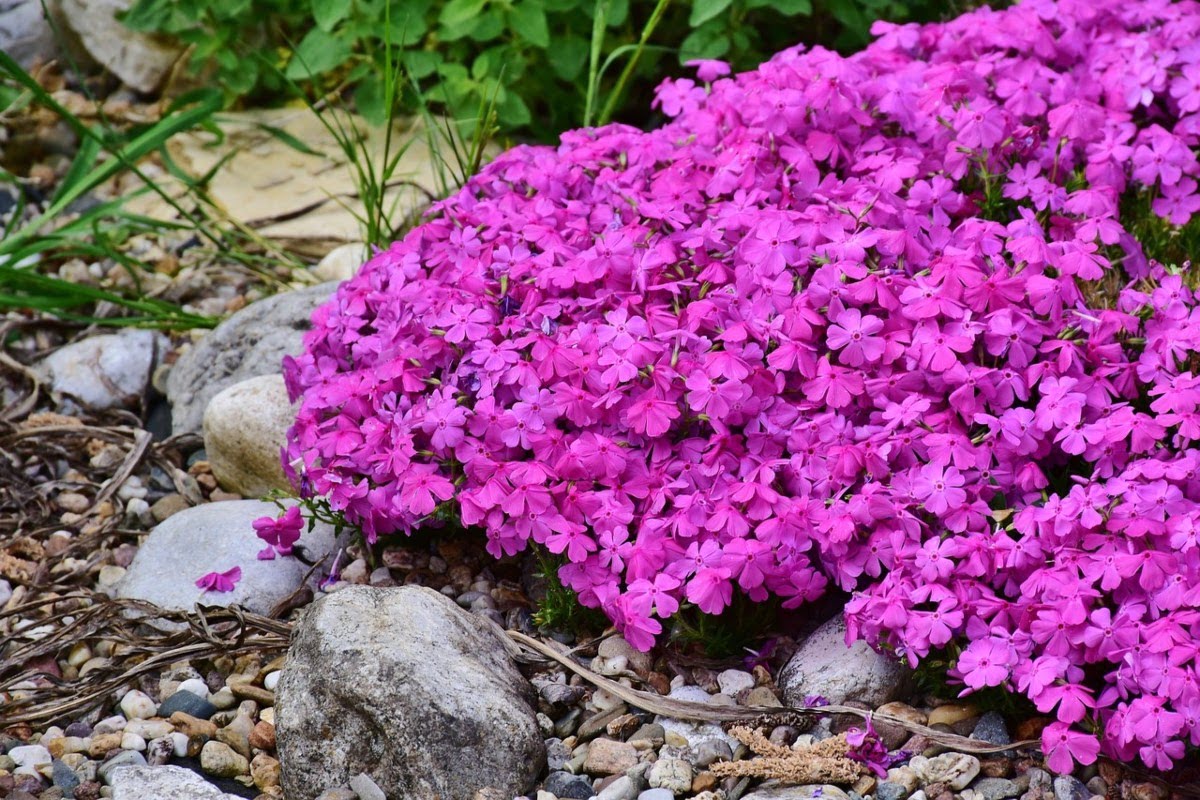


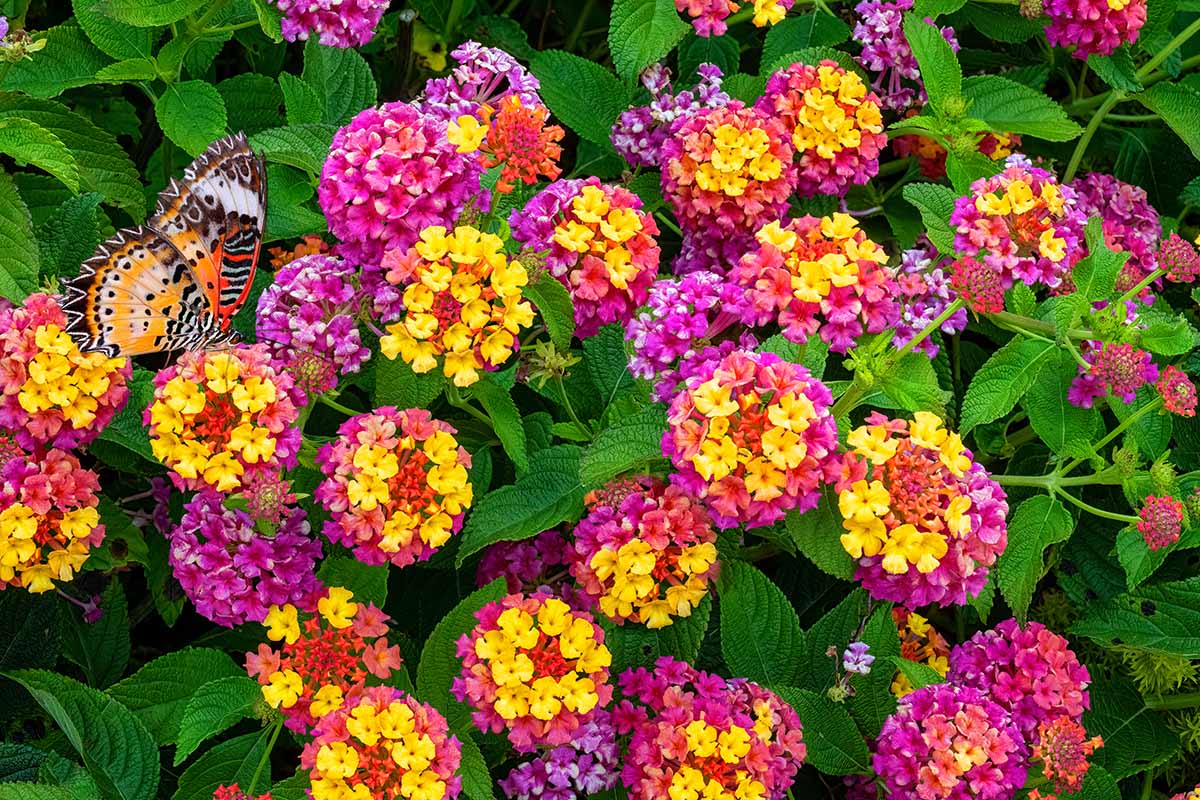
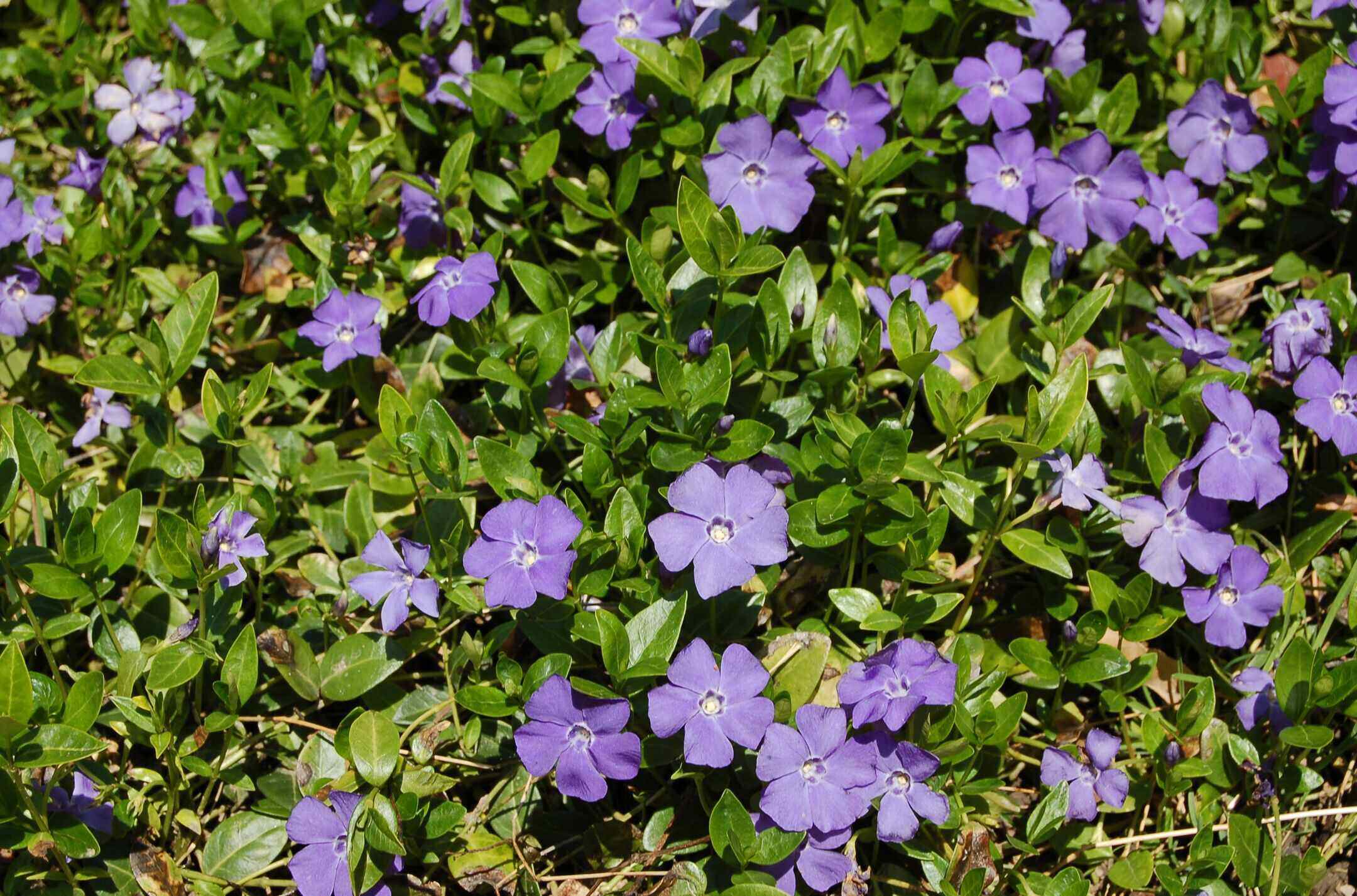

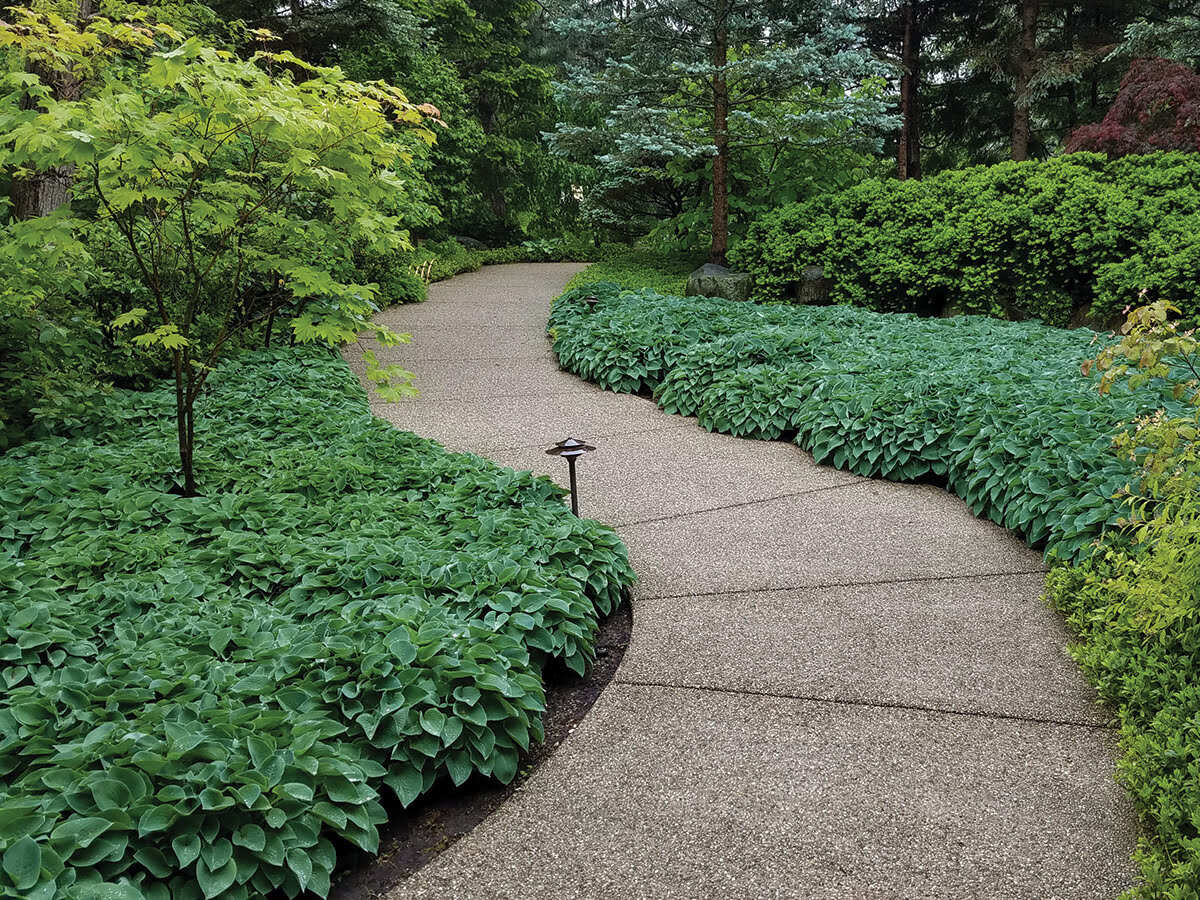
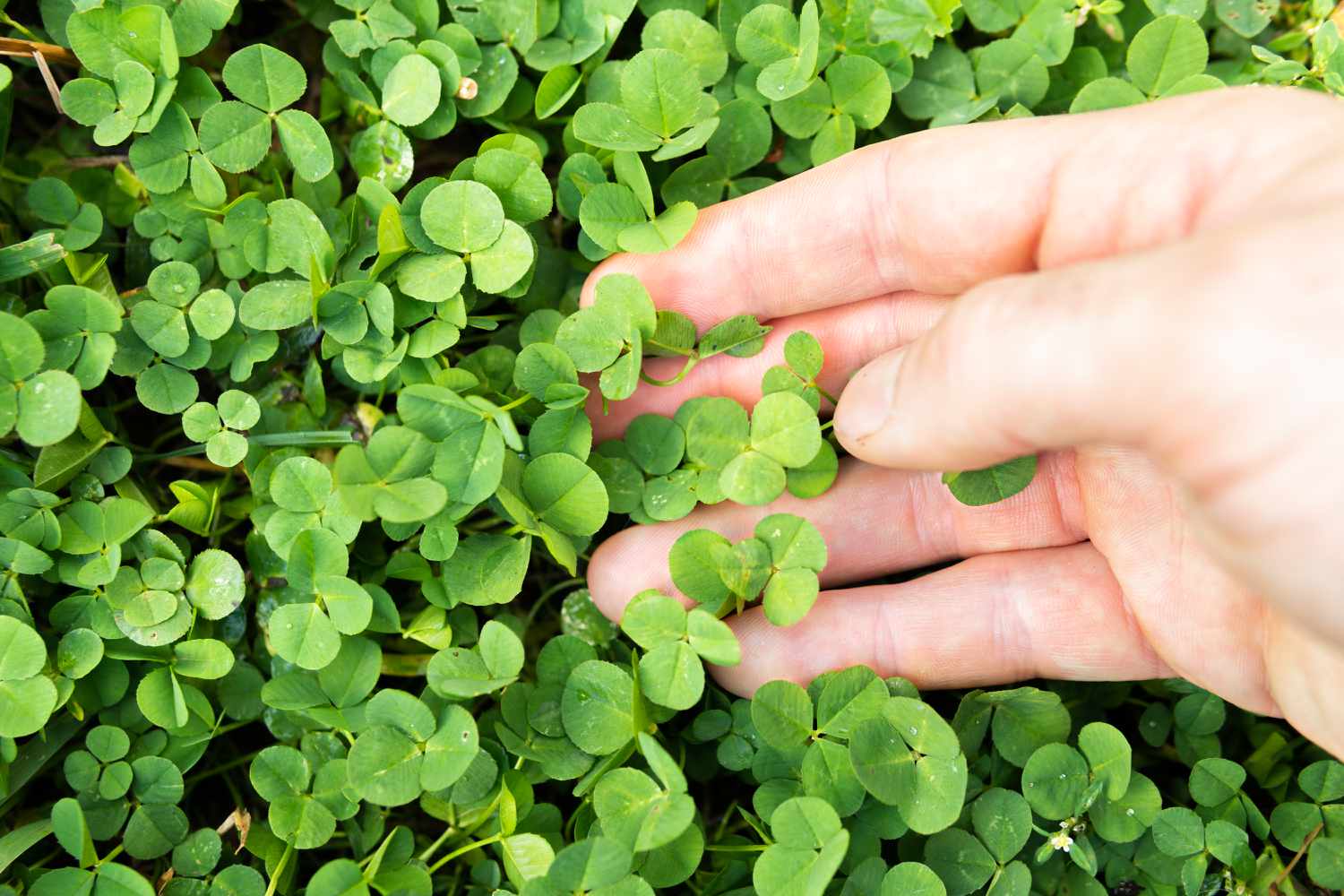
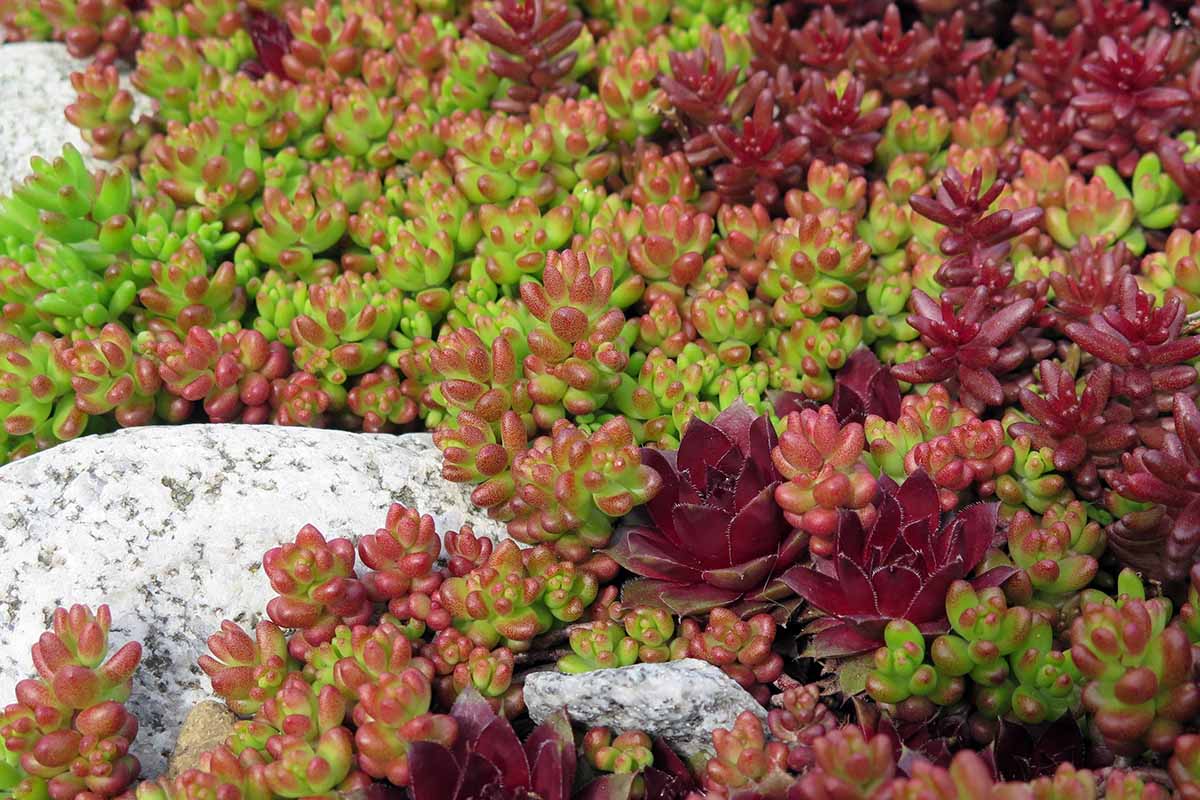
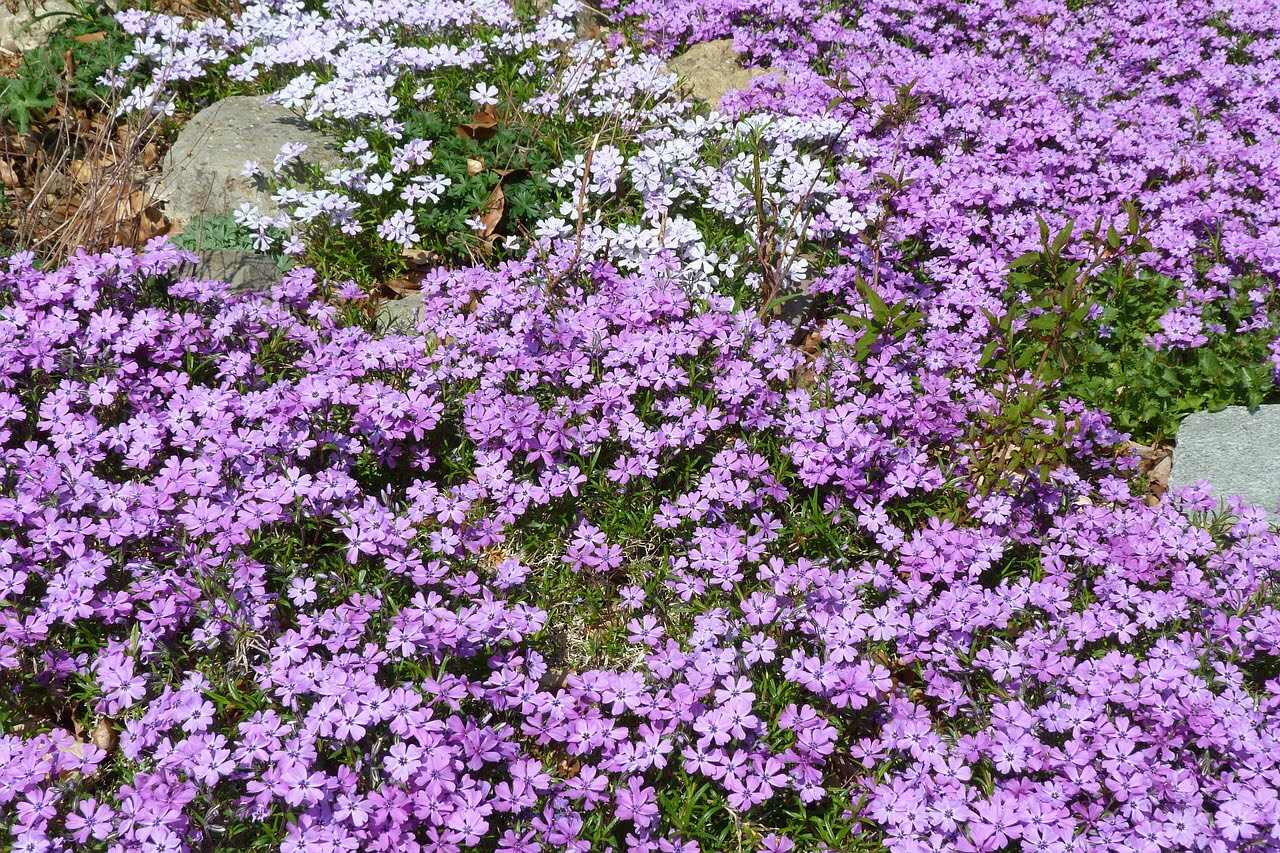
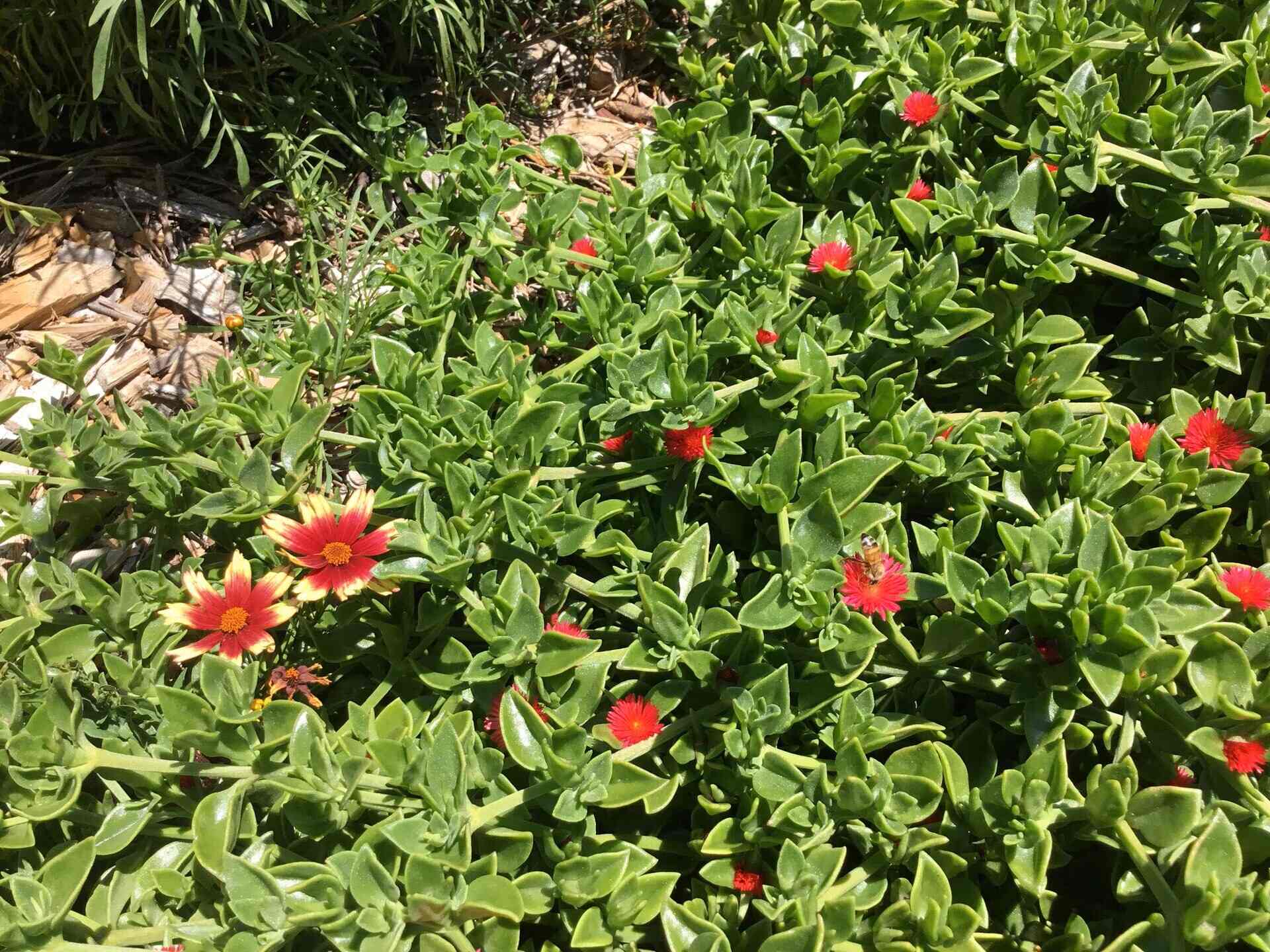
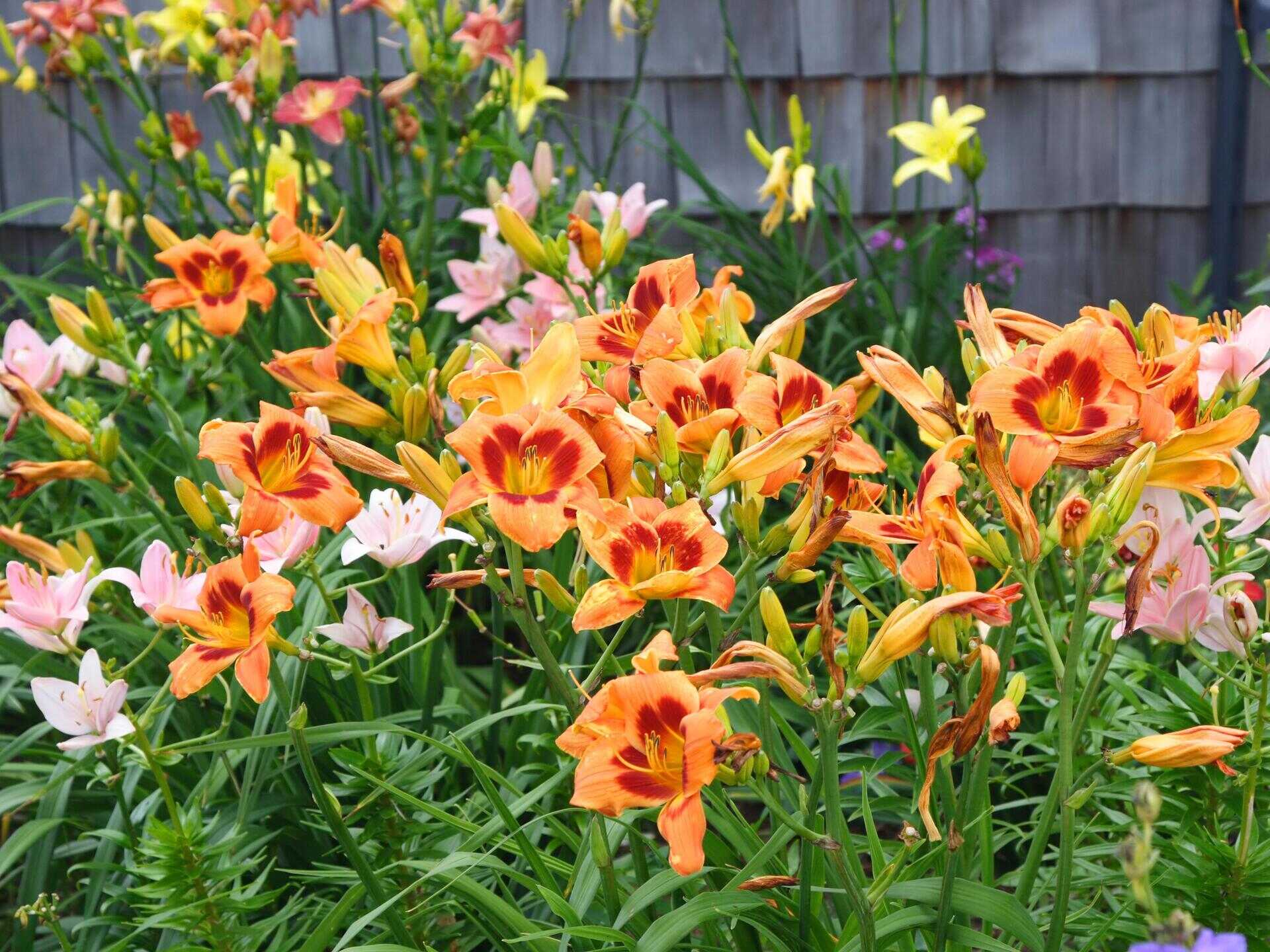
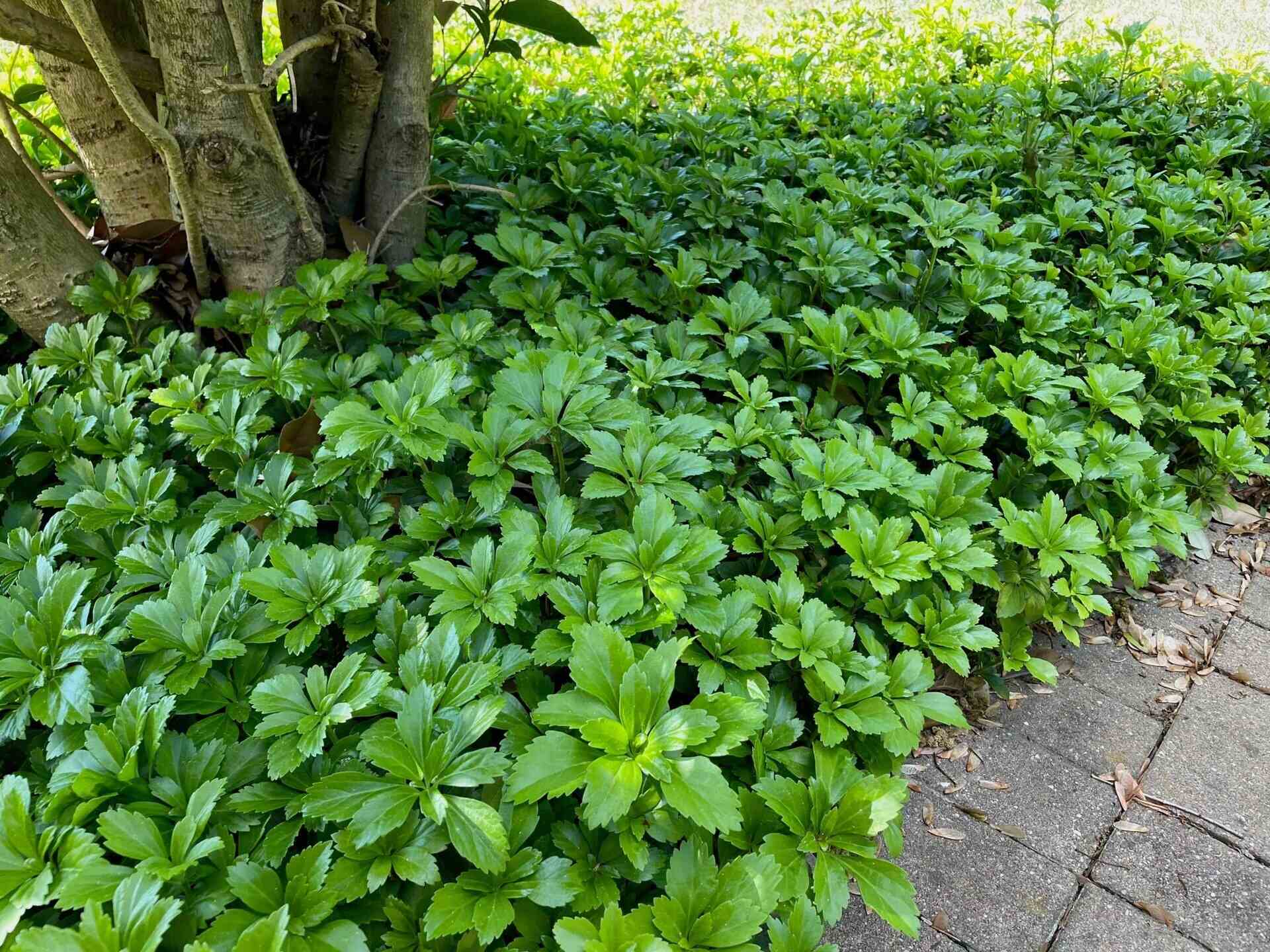
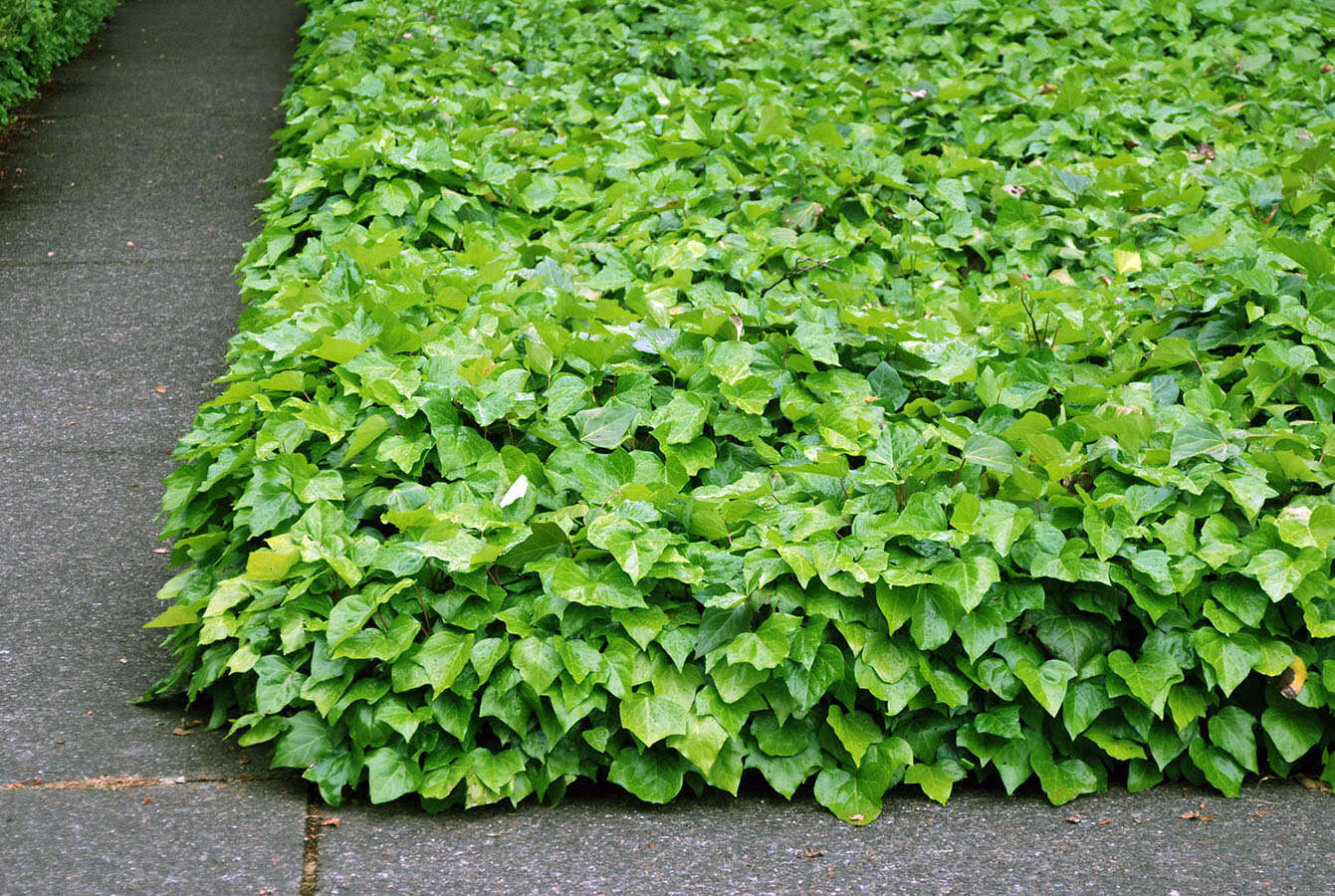

0 thoughts on “How To Calculate Number Of Ground Cover Plants Do I Need”